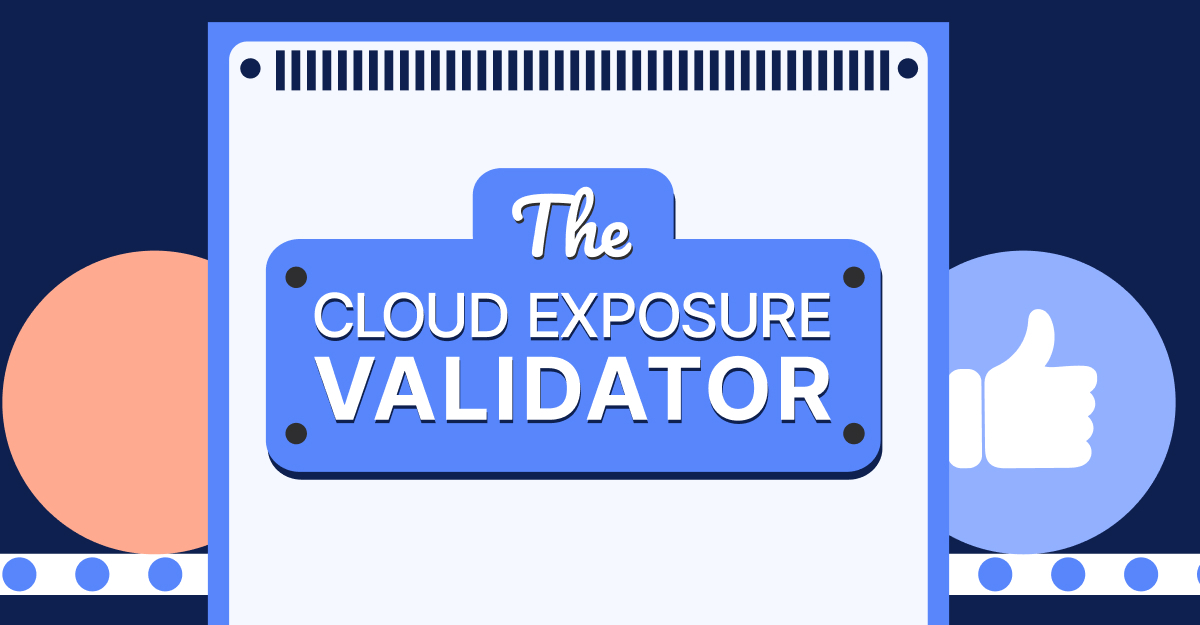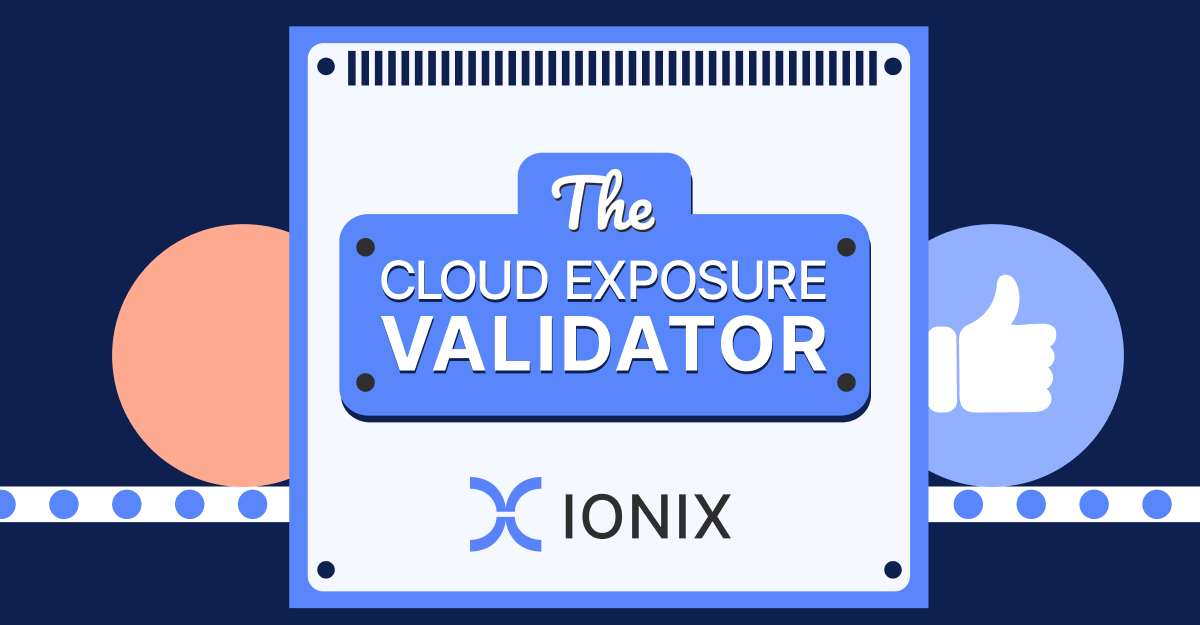It looks at both internal and external attack surfaces and considers the various factors that could expose the business to attack.
In this article
EM grew out of the belief that pure vulnerability management (VM) was an unscalable and ineffective method of managing cybersecurity risk. EM draws from vulnerability management and attack surface management (ASM) to provide enhanced visibility into an organization’s risk exposure.
Exposure management vs vulnerability management
Exposure management (EM) grew out of vulnerability management (VM), which takes a vulnerability-centric approach to managing an organization’s digital attack surfaces. VM involves scanning for Common Vulnerabilities and Exposures (CVEs), triaging them based on Common Vulnerability Scoring System (CVSS) scores, and remediating them in order of potential severity.
EM, on the other hand, takes a broader, more attacker-centric approach to addressing potential risks to the organization. All potential threats are considered in the context of their potential impact on the business. It also addresses threats such as security misconfigurations and insecure processes that VM might overlook.
Learn More: Read our detailed guide on Exposure Management vs. Vulnerability Management.
The importance of EM
The purpose of EM is to map and prioritize the various security risks that an organization faces. This includes identifying potential attack vectors and focusing on the ones that are most likely to be exploited and have the greatest potential impact on the business.
EM is critical because it gives an organization the data required to manage its digital attack surface. The prioritized list of threats generated by an EM process identifies the risks that, if remediated, provide the greatest potential reduction in an organization’s digital attack surface. Additionally, managing these potential risks is a critical part of an organization’s regulatory compliance strategy.
The relationship between EM and CTEM
Continuous threat exposure management (CTEM) is a term coined by Gartner for a five-stage process for ongoing risk management. These five stages include:
- Scoping
- Discovery
- Prioritization
- Validation
- Mobilization
CTEM is the evolution of EM, adding structure to the process, leveraging automation and integration, and addressing a wider scope of potential threats. While the two have the same overall goal, the continuous nature of CTEM means that security teams are working based on up-to-date data about potential threats.
Key components of exposure management
EM reduces an organization’s risk exposure by identifying and addressing potential threats to the business. This is accomplished via the following key steps and capabilities:
- Asset Discovery and Inventory: A comprehensive asset inventory is essential to identify the full set of potential risks that a business faces. EM solutions should automatically discover and inventory an organization’s IT assets.
- Attack Surface Mapping: With a complete asset inventory, it’s possible to map the various attack vectors that could be used to target an organization. This provides a comprehensive list of potential threats to the business.
- Risk Assessment and Scoring: EM takes an attacker-centric approach to threat management and prioritizes threats based on their potential impact on the business. Risk assessment and scoring include identifying the effects that a threat could have on business workflows and assets, and scoring risks based on this potential impact and their likelihood of exploitation.
- Remediation Planning: EM provides the organization with a prioritized list of the current greatest threats to the business. Based on this information, the IT and security teams can plan remediation efforts to maximize the reduction in an organization’s risk exposure.
- Continuous Monitoring: Ideally, EM will be performed via a CTEM process with continuous discovery and scoring of potential threats. This ensures that security teams have up-to-date visibility into the most significant threats to the business.
- Reporting and Analytics: An effective exposure management program reduces an organization’s risk exposure over time. Reporting and analytics capabilities in EM tools are valuable for tracking these changes and demonstrating the program’s ROI for the business.
- Integration with Security Tools: EM solutions need comprehensive visibility into an organization’s IT and security infrastructure to accurately map potential threats. Integration with other security tools is essential to differentiate between true threats and ones already addressed by existing security controls.
Best practices for exposure management
If implemented correctly, an EM program can dramatically improve an organization’s security posture. Some key best practices include:
- Continuous Monitoring: IT environments and the cyber threat landscape can evolve rapidly. Continuous monitoring ensures that security teams don’t spend time working on a lower-priority threat if a new, more significant one emerges.
- Risk Prioritization: Not all threats are created equal, and CVSS scores are an ineffective method for gauging potential impacts. Risks should be prioritized based on their potential impacts on critical business processes and IT assets.
- Threat Intelligence Integration: Exposure management is an attacker-centric process and attempts to identify threats most at risk of exploitation. Integrating threat intelligence feeds provides insight into the latest attack campaigns and potential risks to the business.
- Automate Remediation Workflows: Risks identified by EM should be remediated as quickly as possible to reduce the threat to the business. Automating remediation processes where possible reduces friction and speeds up this process.
- Align to Compliance Requirements: Many regulations have requirements in place regarding risk management and protecting the business against cyber threats. An EM program should be architected to prioritize risks that threaten compliance and to comply with regulatory deadlines.
- Measure and Report: EM processes should reduce the organization’s exposure to cyber risk as threats are remediated. Tracking and reporting this progress demonstrates the program’s value and can be used to identify and address potential issues and inefficiencies.
Expose threats across your real attack surface with IONIX
Exposure management focuses on identifying and addressing real threats to the business by taking an attacker-centric approach to threat management. Instead of prioritizing vulnerabilities based on CVSS scores, it scores threats based on the probability of exploitation and their potential repercussions for important IT assets and business flows.
IONIX offers real-time visibility into an organization’s real digital attack surface. With business-centric risk prioritization and automated asset and attack vector discovery, security teams can confidently focus risk management efforts on the greatest threats to the business. To see how IONIX can help your organization better decide what issues need fixing and what can be delayed, sign up for a demo.



